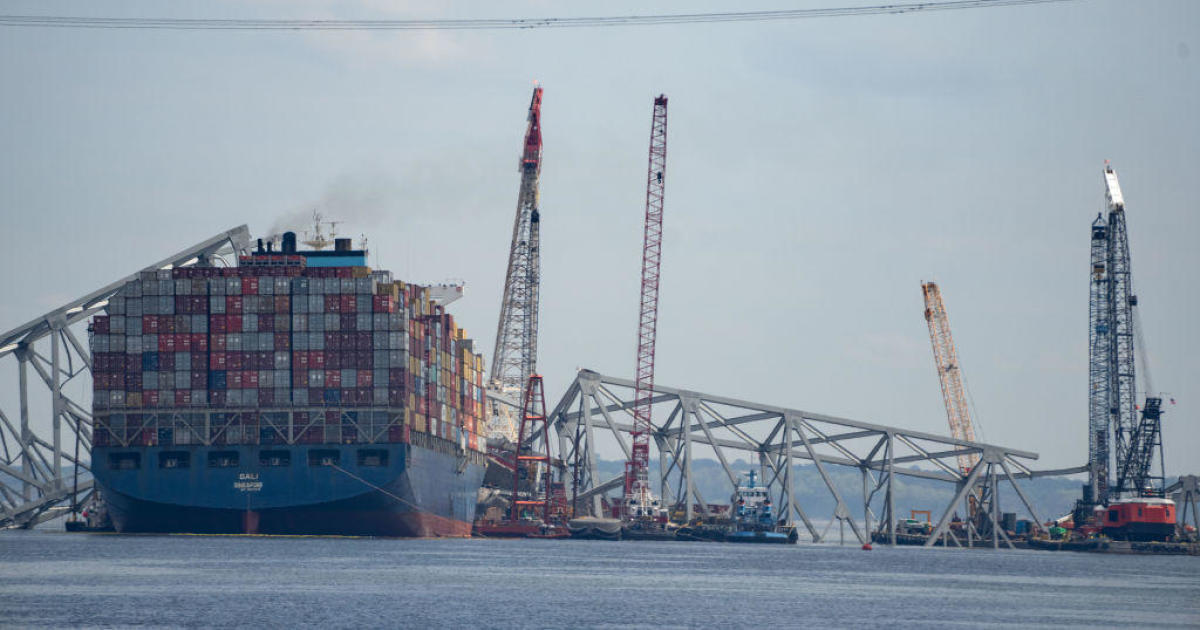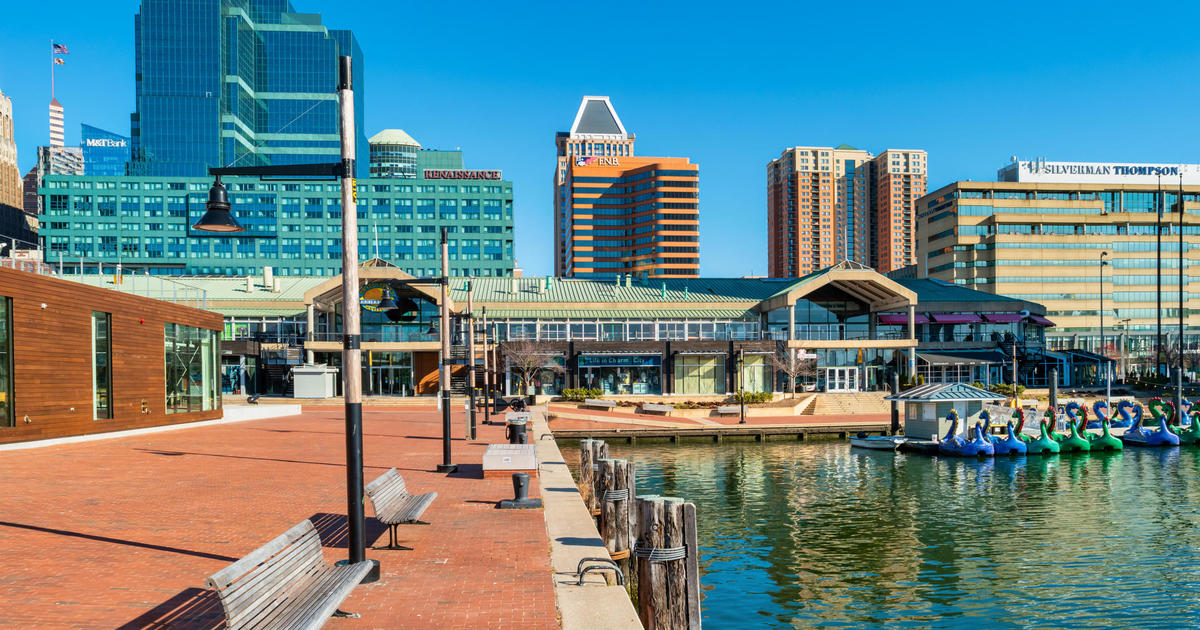New Cranes Mean New Chapter For Port Of Baltimore
By ALEXANDER PYLES
The Daily Record of Baltimore
BALTIMORE (AP) -- The Port of Baltimore's future began its journey to the Seagirt Marine Terminal in April. By September, the monstrous Chinese cargo cranes now installed on rails atop the terminal's 50-foot berth will be fully operational.
That will mark the end of an important chapter in the career of Ports America Chesapeake Terminal Manager Mark Schmidt, who came to work at Baltimore's waterfront in 1989 and hasn't left since.
The next chapter could be even more important. Schmidt says the four 400-foot cranes -- larger, faster and more reliable than the terminal's seven older models -- will improve efficiency at Seagirt long before gargantuan Asian ships start to visit Baltimore, which boasts one of only two United States ports on the East Coast large enough to handle the Super-Post Panamax vessels that carry 22 cargo containers across the deck.
The port already moves 37 containers per hour, a rate Schmidt says is the highest on the East Coast. With the new cranes, that rate is destined to increase.
"We can move heavier boxes, faster," Schmidt said. "We know it's significant. . We'll gain some moves per hour."
The last of the four cranes -- which combined to cost port operator Ports America Chesapeake $40 million -- was raised to its full height Friday. The cranes were broken down in order to pass under the Chesapeake Bay Bridge and Francis Scott Key Bridge in June. The raising of the four cranes -- which took longer than 12 hours and more than 20 workers per crane -- has been done off-and-on since they were unloaded on June 20.
Schmidt said electricians would spend the next several days making electrical connections and testing voltage. Then, it will be time for technicians and crane operators to go through 40 hours of training provided by the behemoths' manufacturer, Shanghai, China-based ZPMC.
Just one person is responsible for driving 1,550 metric tons of crane, Schmidt said, and the training shouldn't be terribly challenging. He likened it to learning how to drive a new car.
"The principles are the same," Schmidt said.
Once training is completed, the cranes will be ready for day-to-day use. Larger ships from Asia won't sail east until the Panama Canal is reopened following widening -- a project that may not be finished until 2015 -- but the greater load-bearing capacity of the ZPMG cranes can be put to use immediately. The cranes can move 65 tons at once, compared to the 50 tons handled by the terminals' older cranes.
Some large ships may also start arriving in Baltimore from the Suez Canal, said Richard Scher, the port's spokesman. Only Baltimore and Norfolk, Va., have both a 50-foot channel and a 50-foot berth, necessary amenities for the Super-Post Panamax vessels.
"These cranes will be able to handle the largest ship out there now," Scher said. "There are no bigger ships."
For now, the speed and strength of the cranes will be a boon to the port, Schmidt said. The new cranes have a 140-foot working height, a 30-foot improvement over older cranes that will help longshoremen to work more efficiently. The cranes also have smart landing gear, which can sense an impending impact and automatically slow the speed of the crane as it nears cargo.
The large ships should start drifting into Baltimore a few years after the Panama Canal reopens, Scher said. Meanwhile, the port has plenty of room to grow.
"Seagirt is really half-filled to what it can be," Scher said. The terminal has capacity for about 1 million containers, but moved about half that many in 2011.
That's where Schmidt, the 23-year veteran, comes in. He's spent three years -- since 2009 -- securing the Chinese cranes, waiting for them to arrive, and preparing them for operation. Once that task is complete in the next month, he says there won't be a sigh of relief.
"I can go back and figure out what I can do with the rest of the site," Schmidt said.
In 2009, the Maryland Port Administration came to a 50-year agreement in a public-private partnership with Ports America Chesapeake, allowing the firm to run day-to-day operations at the port. Ports America spent $110 million to build the 50-foot berth and buy the supersized cranes.
Information from: The Daily Record of Baltimore, http://www.mddailyrecord.com
(Copyright 2012 by The Associated Press. All Rights Reserved.)



